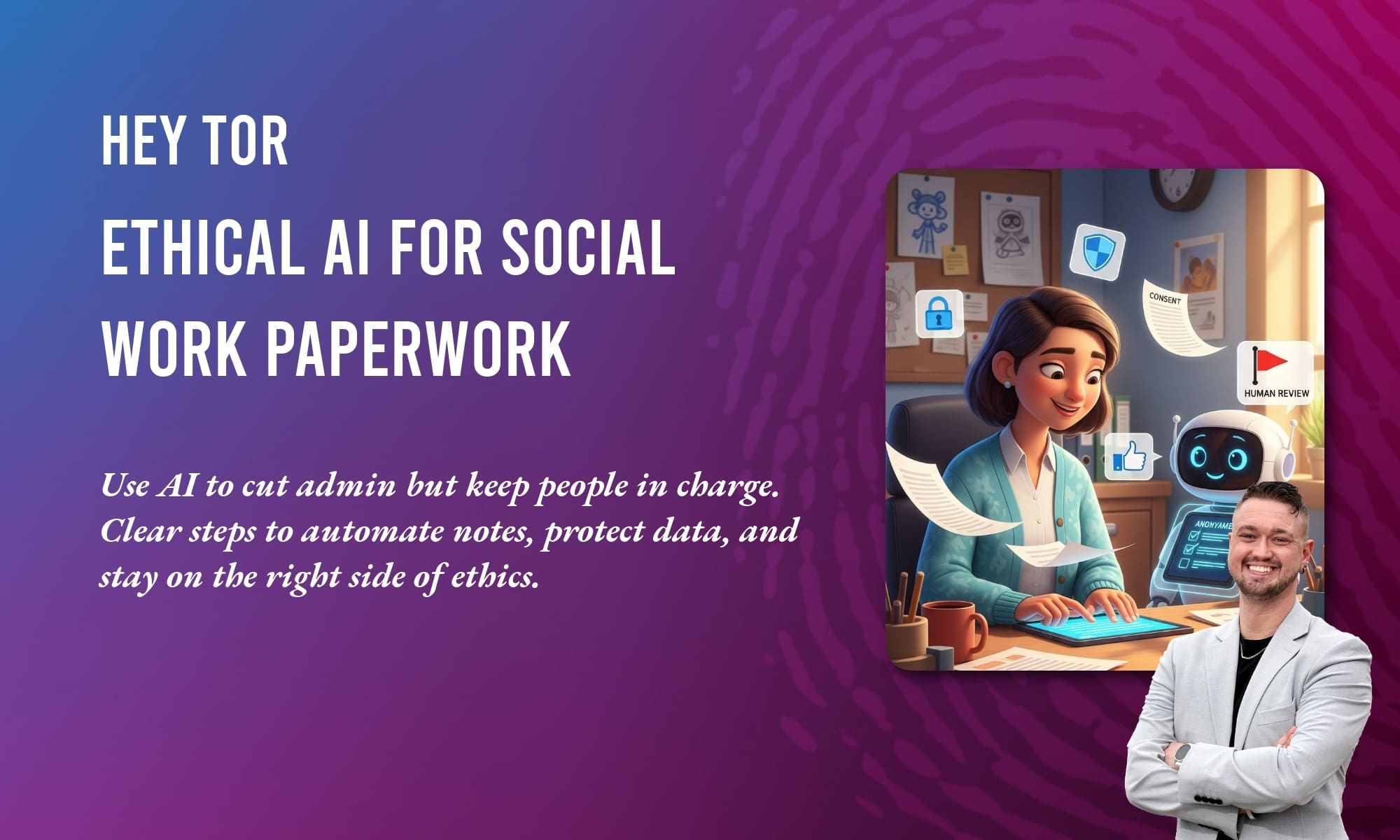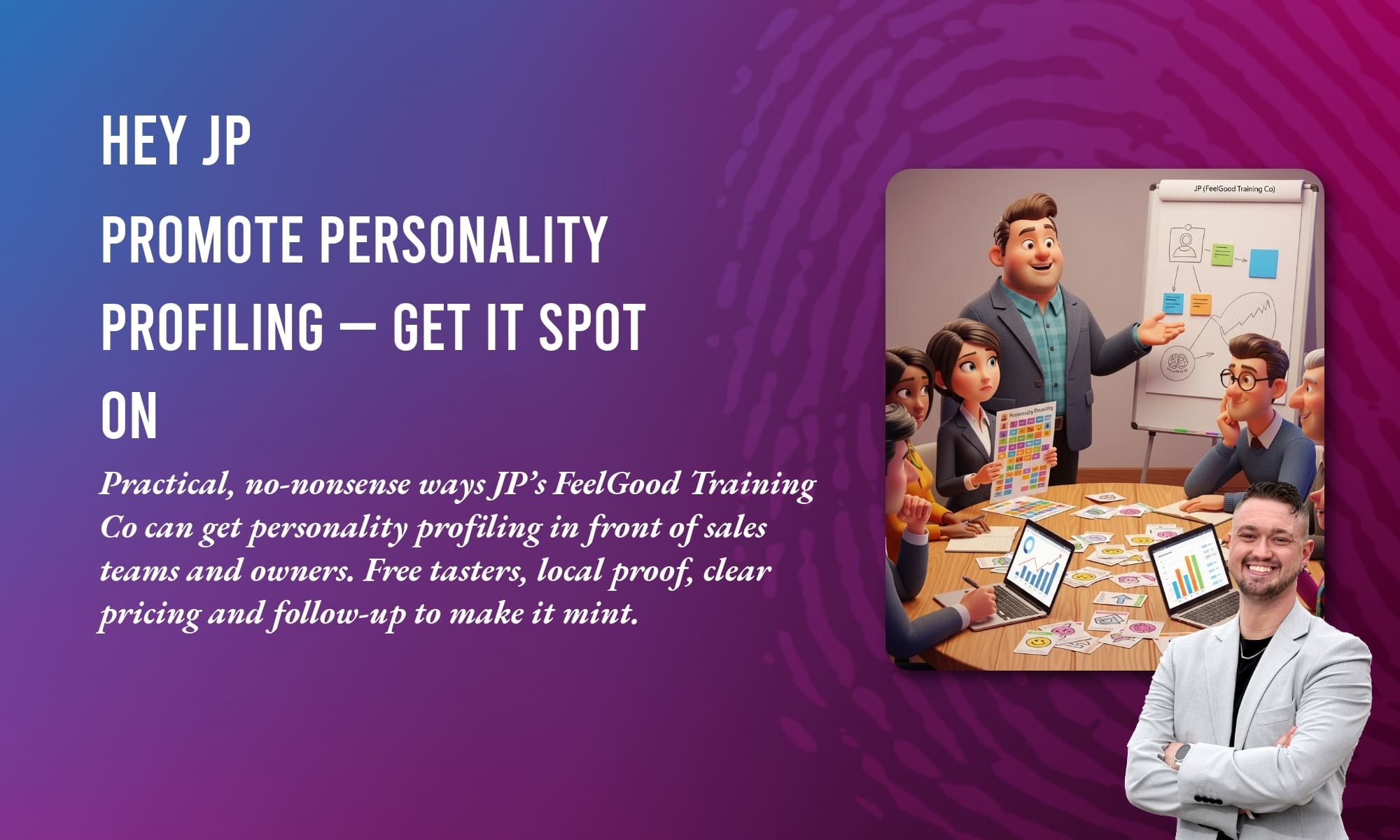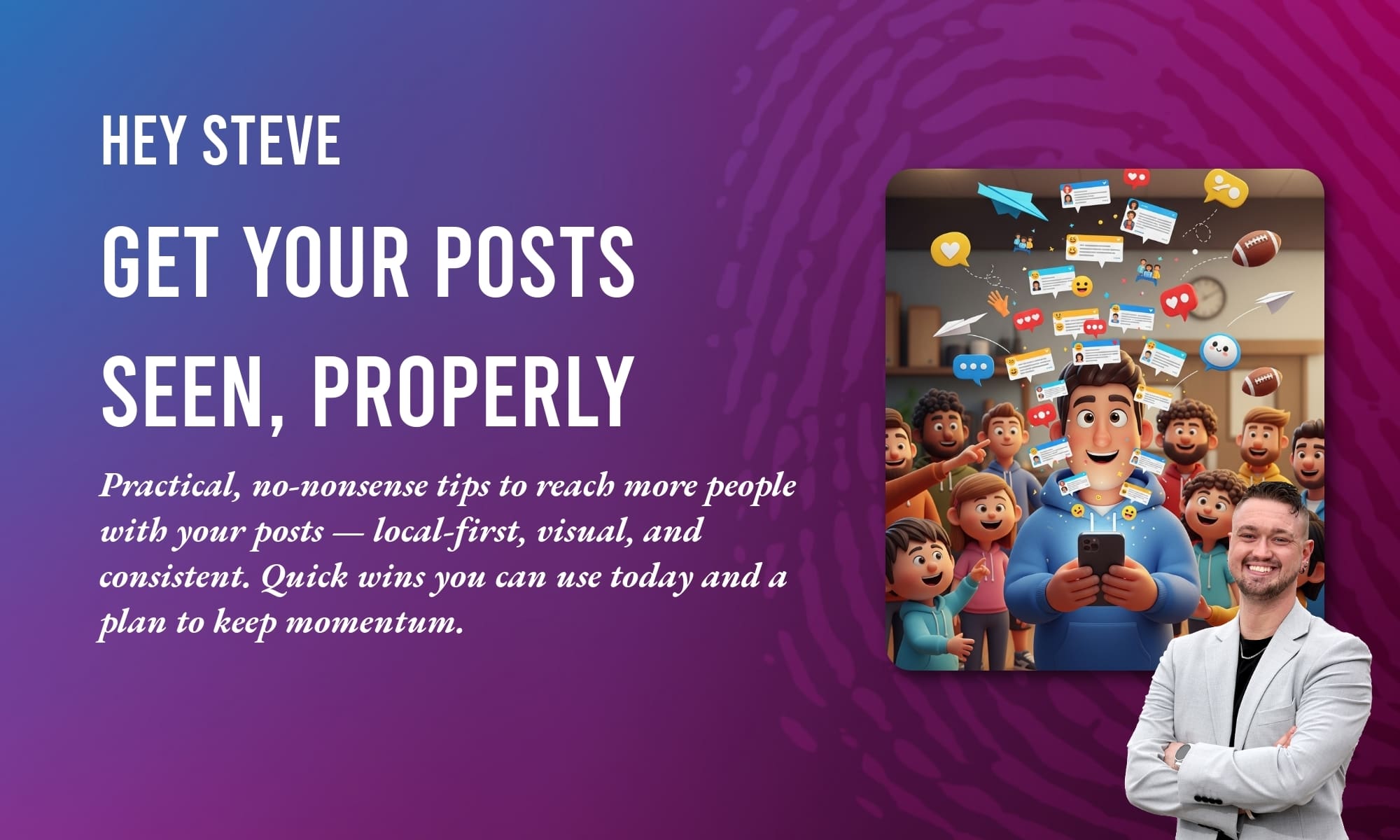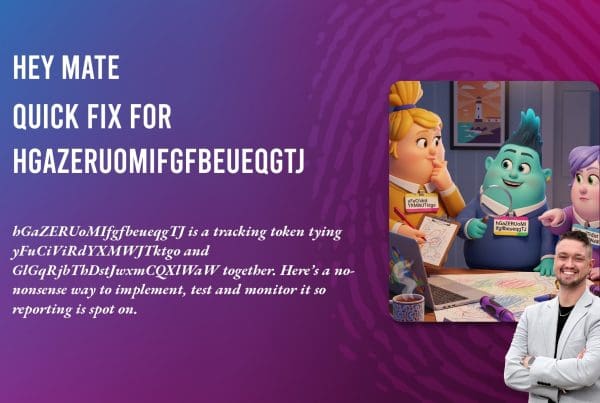Transform social work paperwork with AI — the ethical way
Right, let’s keep this straight: AI can shave hours off admin, but you don’t hand over decisions to a black box. Use AI to speed tasks, not replace judgement. Keep human oversight, clear consent and proper data protections front and centre.
Practical steps to get cracking
- Start small: Pilot AI for summaries, auto-fill forms and extracting action points — not for risk decisions. Test on anonymised historical notes first.
- Human-in-the-loop: Every AI-generated note or flag gets a practitioner sign-off before it enters a case file.
- Consent and transparency: Tell service users how AI helps, get consent where required, and record that consent in the file.
- Data minimisation: Only feed models what’s necessary. Anonymise or pseudonymise personal data before processing.
- Secure hosting & access controls: Use encrypted storage, role-based access and logs so you can see who viewed or changed records.
Guardrails to keep things mint
- Run a DPIA and keep an audit trail of AI decisions.
- Choose vendors who publish model cards and explain limitations.
- Test for bias and false positives; measure accuracy against real cases.
- Train staff so they trust the tool but remain accountable.
- Document workflows: who reviews AI output, when to override, and how records are stored.
Quick examples
- Auto-summaries of lengthy visits — practitioner checks and signs off.
- Template auto-fill for referrals, reducing repetition but keeping practitioner edits.
- Redaction tools that hide identifiers before analysis.
Do it right: pilot, measure, document and never remove human responsibility. That way you cut admin and keep service users safe — sorted, and spot on.
If you fancy chatting about this properly or want us to take a look, pop over to northerndigital.uk — we’ll get the crayons out and get you sorted 🎨 Spot on? Let’s crack on.









